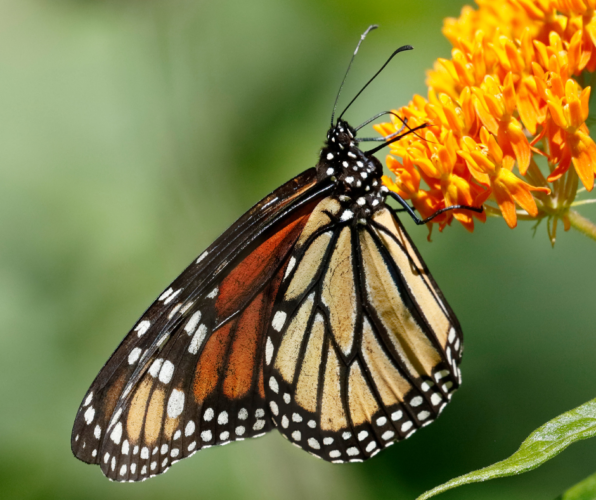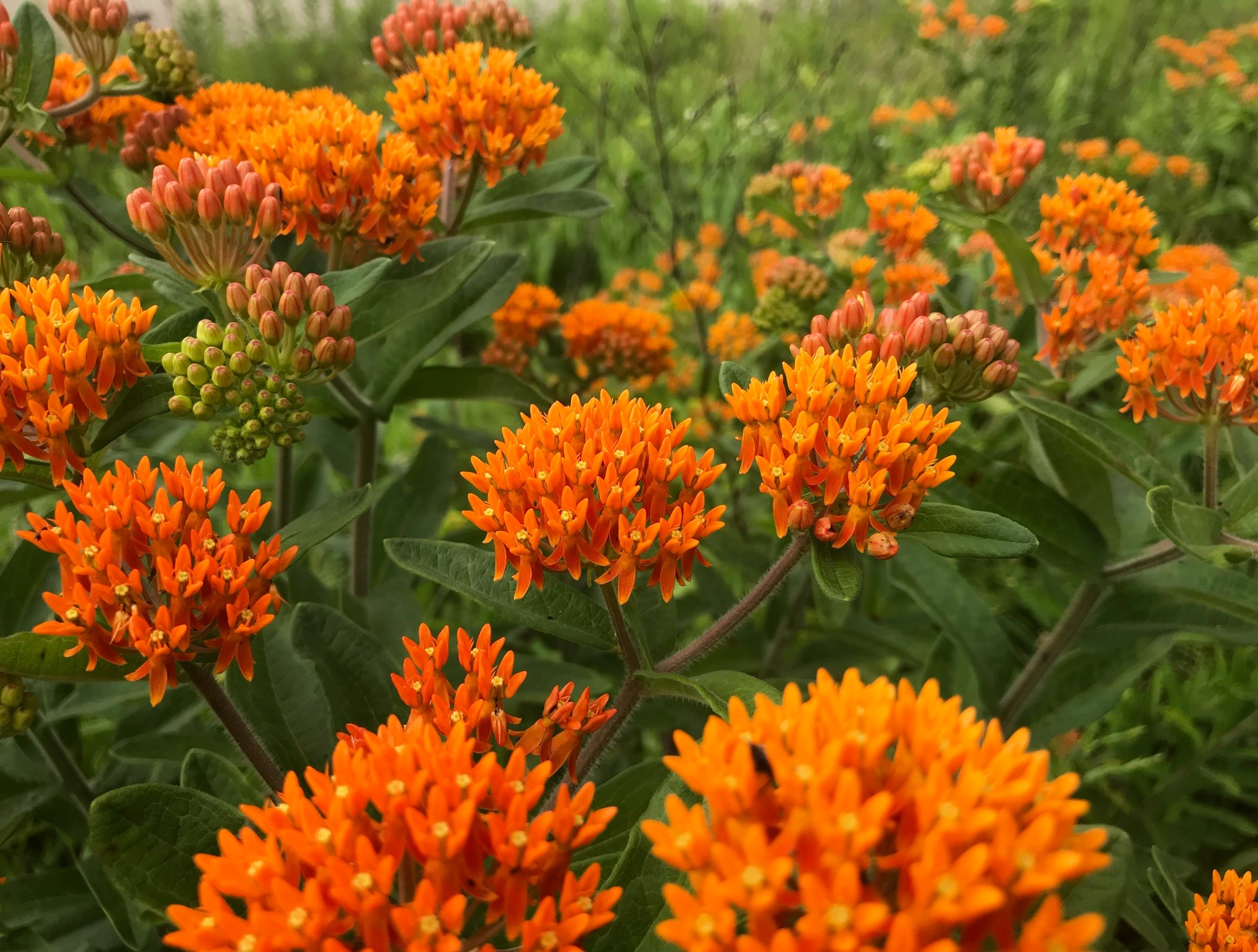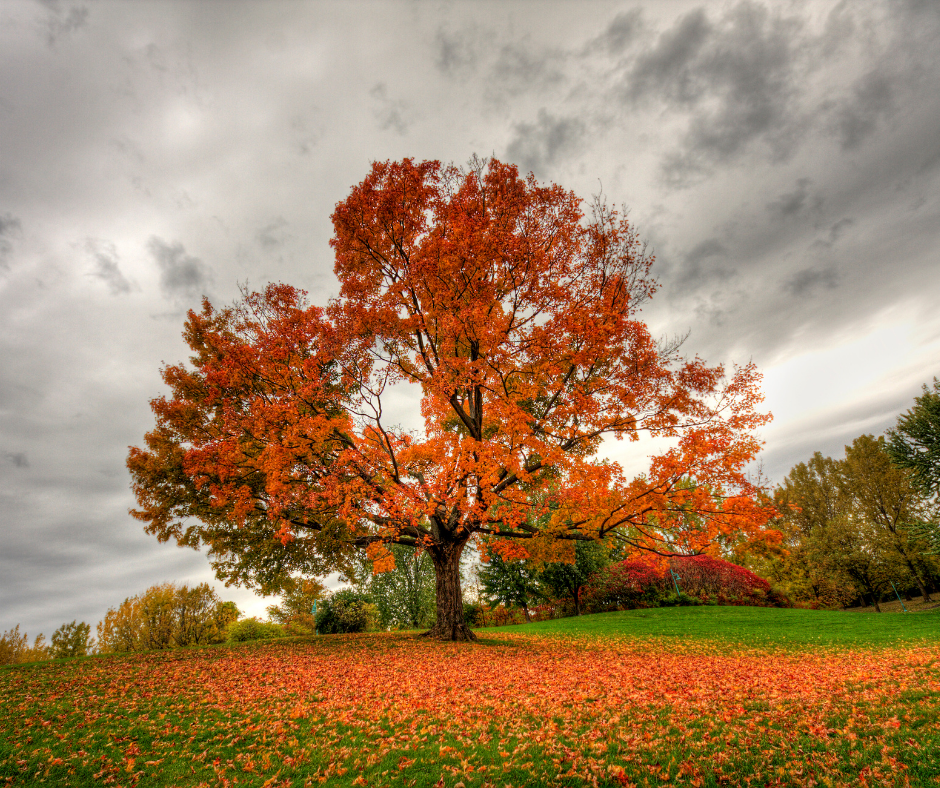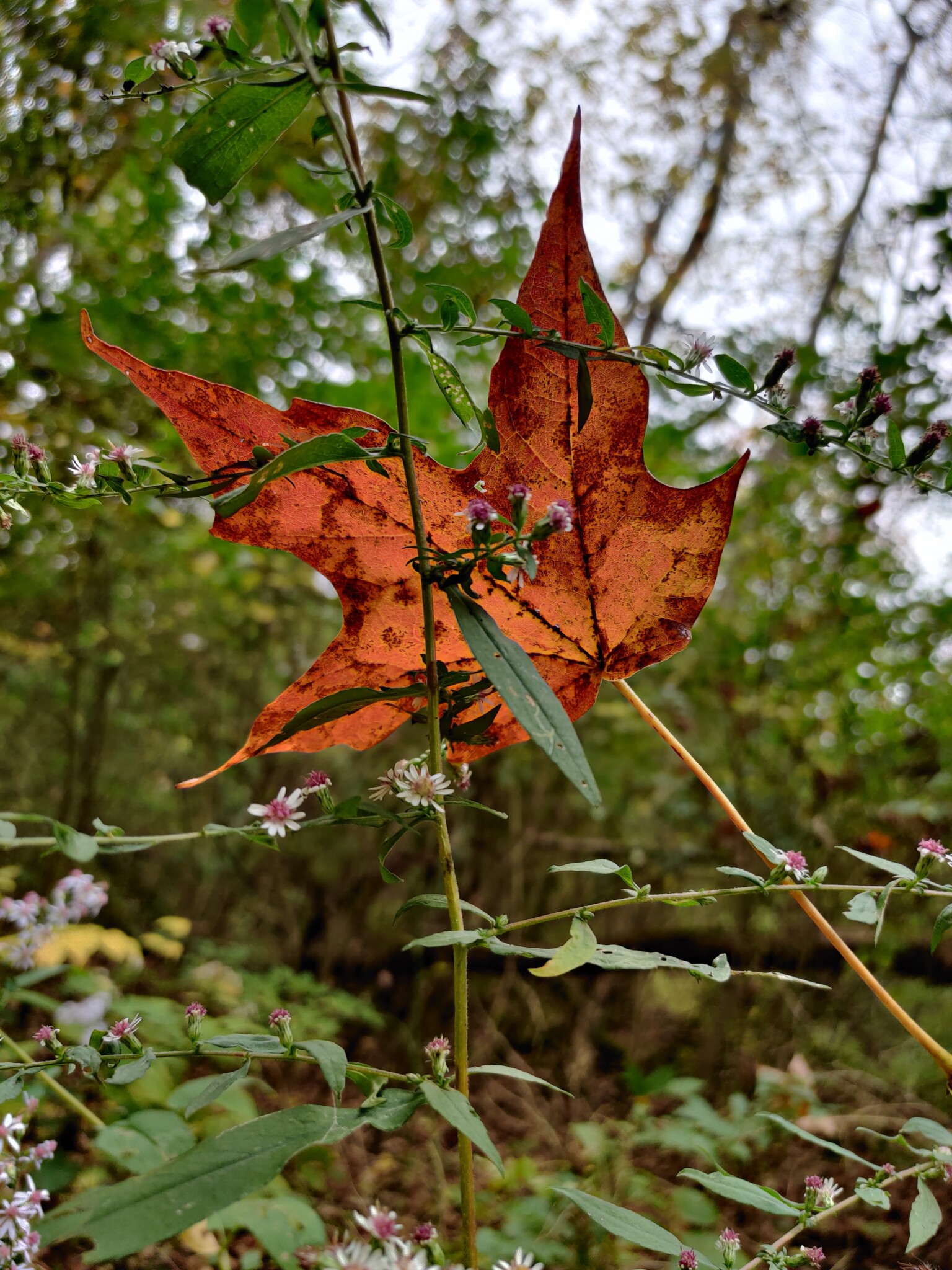Published April 7, 2022
Plant it for the planet
Heads up! This article was published 2 years ago.

April is Ohio Native Plant Month, the perfect occasion to learn more about the importance of these beautiful, important flowers, shrubs and trees.
Adapted to the environment in which they grow, native plants provide the perfect food and shelter for wildlife. Many native plants are also critical to pollinators — animals and insects that cause plants to create fruit or seed — which is integral to both animals and people. Additionally, native plants help clean and filter water and air.
From a landscaping perspective, native plants are a beautiful addition to your greenspace and require less care, saving you time and money.
“Native plants aren’t care-free, but once they are acclimated and get through the first few years, they require minimal care,” said Meredith Cobb, MetroParks conservation supervisor.
According to Cobb, April is a great time to search for spring ephemerals, such as bluebells and trillium. These flowers, also known as woodland wildflowers, sprout because they benefit from all the sunlight that pours in from the leafless trees. Bloodroot is one of Cobb’s favorites, as its leaves curl up to protect its petals during the cooler evenings — an adaptation to Ohio’s spring climate.
WHERE TO FIND WILDFLOWERS
Spring ephemerals can be found in many natural spaces. Download The Ohio Division of Wildlife’s Spring Wildflowers of Ohio Field Guide, then head to your back yard or local greenspace to see what’s in bloom.
If your household needs a what’s-in-bloom break in a MetroPark, Cobb suggests the following:
- Aullwood Garden MetroPark
- Hills & Dales MetroPark
- Possum Creek MetroPark
- Englewood MetroPark
- Twin Creek MetroPark
- Wegerzyn Gardens MetroPark
- Medlar Conservation Area
- Dull Woods Conservation Area
Of course, flowers aren’t the only thing blooming. Native trees and shrubs are budding as well. Cobb suggests walking from Wegerzyn Gardens MetroPark to Island MetroPark to see all the red buds and other trees along the city of Dayton’s greenspace DeWeese Parkway.
Five Rivers MetroParks staff and volunteers planted trees along the Stillwater River in DeWeese Parkway as part of MetroParks’ regional reforestation efforts. A conservation agency, MetroParks propagates thousands of trees and shrubs every year at Cox Arboretum MetroPark’s Barbara Cox Center for Sustainable Horticulture. Seedlings are then planted in parks and greenspaces throughout Montgomery County.
PLANT NATIVES IN YOUR BACK YARD
Adding native plants to your back yard benefits the environment while beautifying your greenspace. When selecting plants to incorporate into your landscape, Cobb suggests a mix of native trees, shrubs and flowers, such as:
- Oak trees: Many insects use their leaves, and oaks provide acorns to feed squirrels.
- Viburnum: This flowering shrub provides food to insects and pollinators and produces berries for birds.
- Milkweed: This perennial is the only wildflower on which monarch butterflies lay their eggs. Monarchs, which are dwindling, and other butterflies are important pollinators that help sustain our environment.
Pawpaw trees and purple cone flower are also great options, Cobb said. Of course, your native plant choices will be determined by the type of soil in your yard and the amount of sunlight it receives.
Beware of invasives
Some trees and shrubs with blooms may be beautiful but are, in fact, invasive. You may even have invasive plants in your yard that aren’t displaying invasive behavior, but wildlife can spread these plants to other natural areas.
Avoid and replace plants such as callery pear, Asian bush honeysuckle, glossy buckthorn and Japanese barberry. Learn more about what to avoid.
TAKE A PROGRAM
Learn how to add native plants to your garden, landscape or containers during Gardens Love Natives on Saturday, April 23, from 10 a.m. to 11:30 a.m. at Cox Arboretum MetroPark. Ages 18 and up. $10/person. Registration is required.





